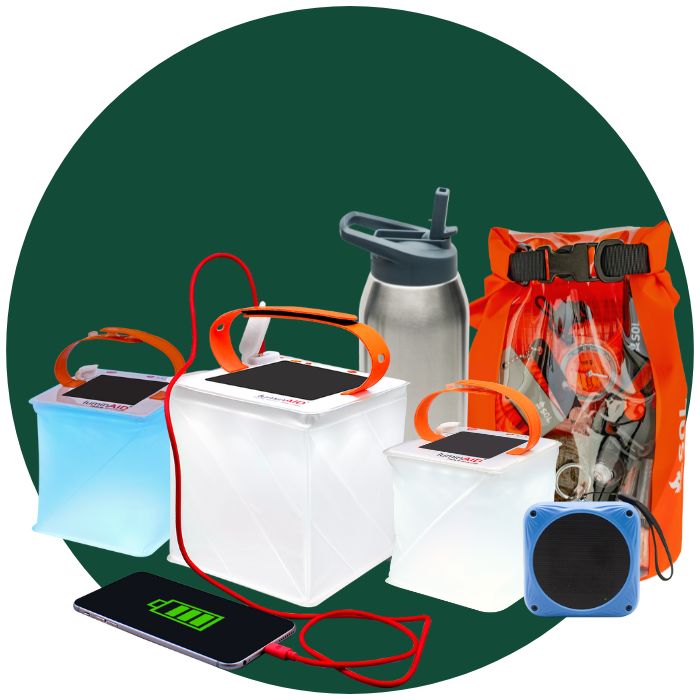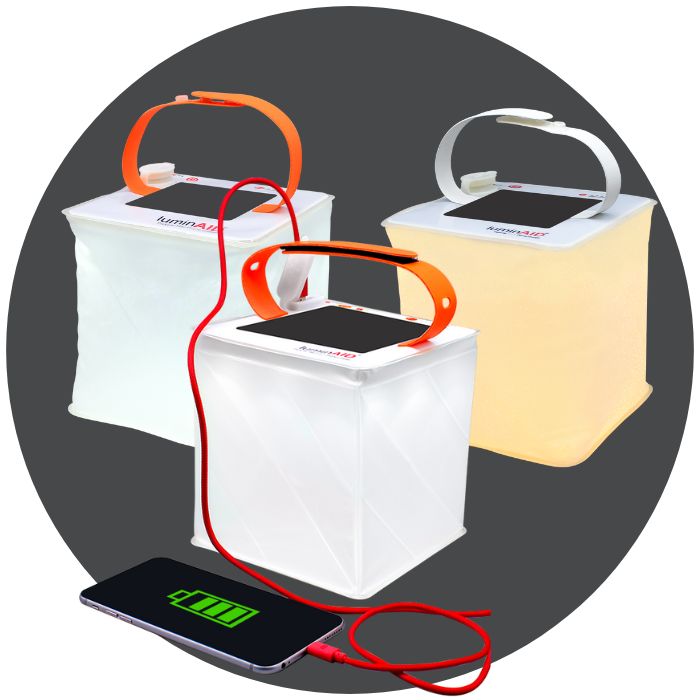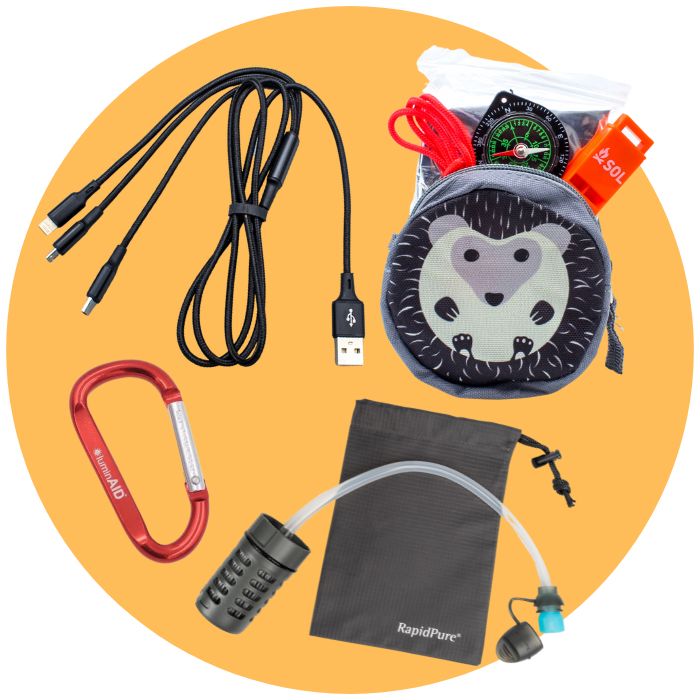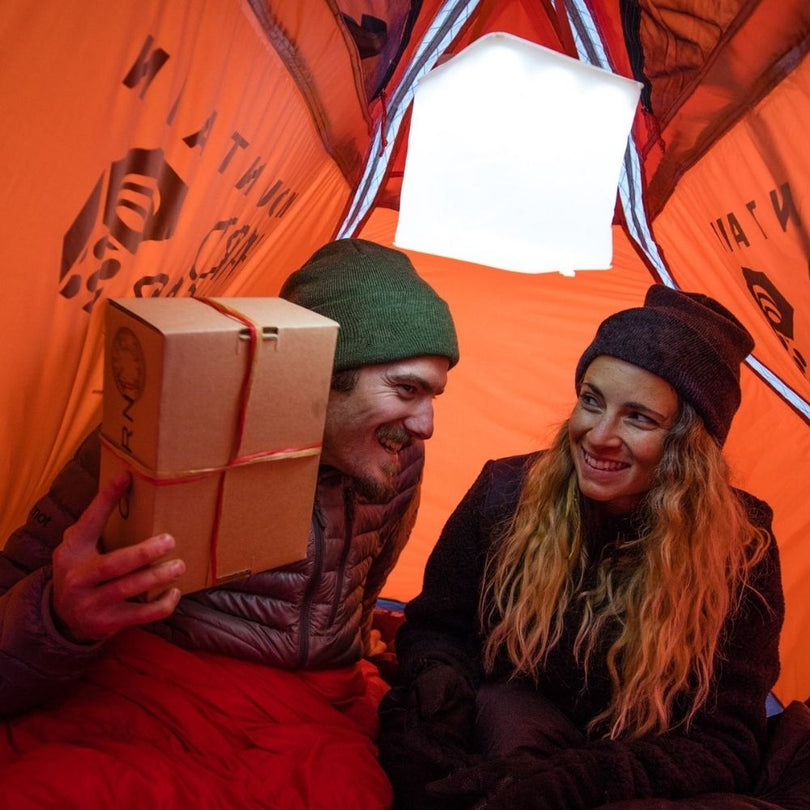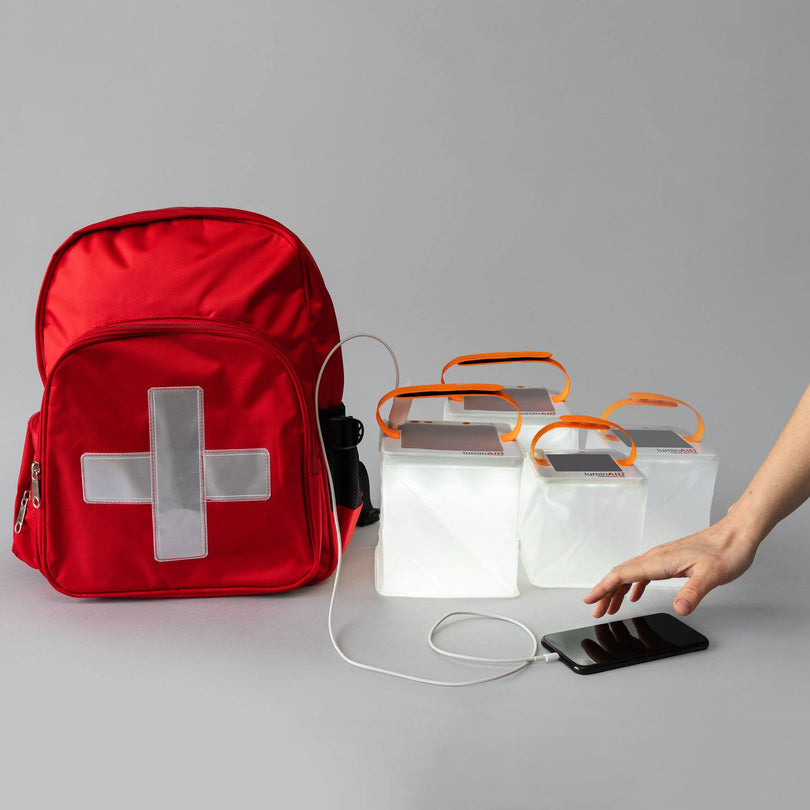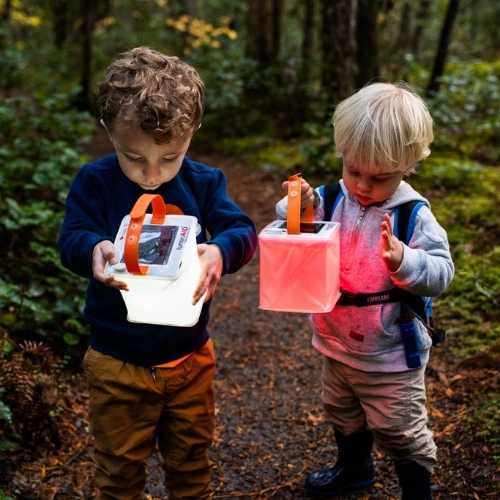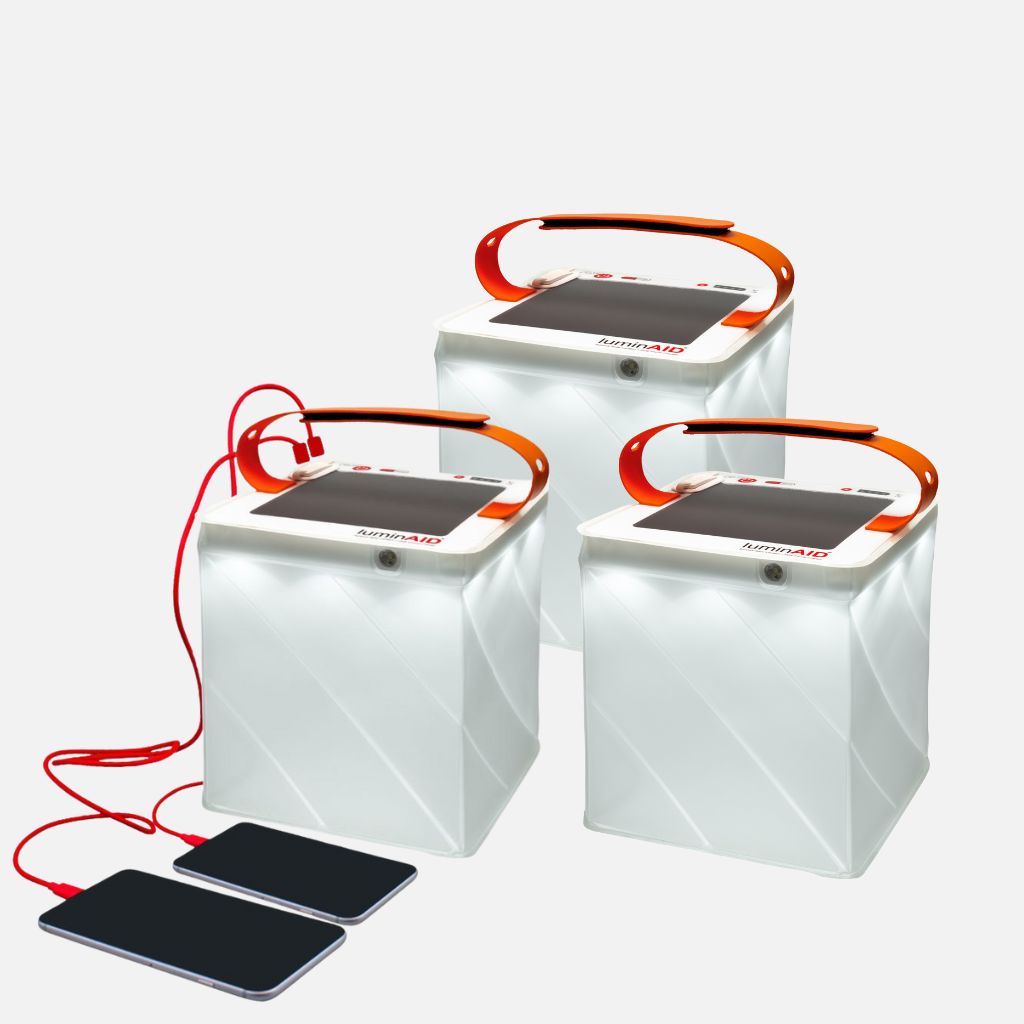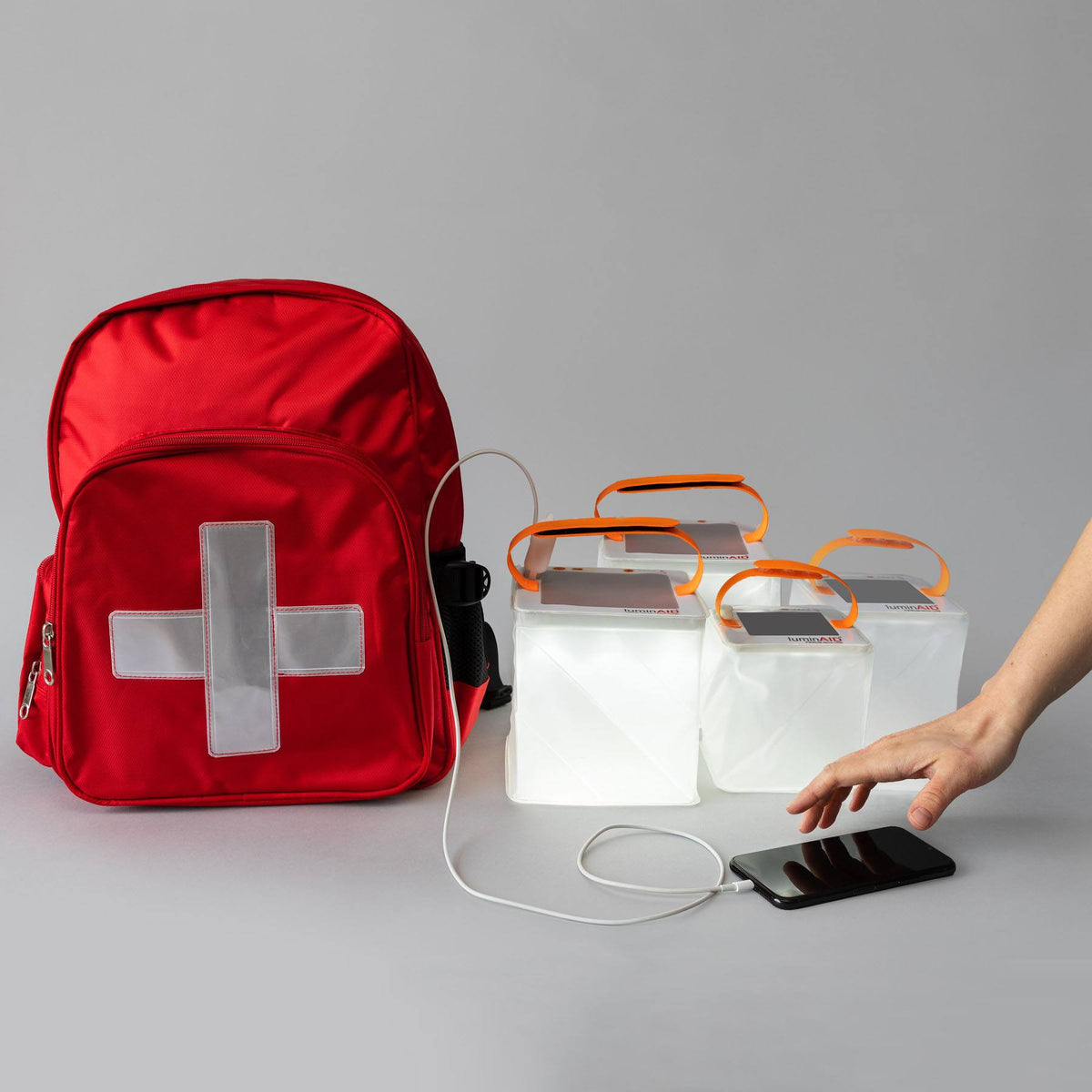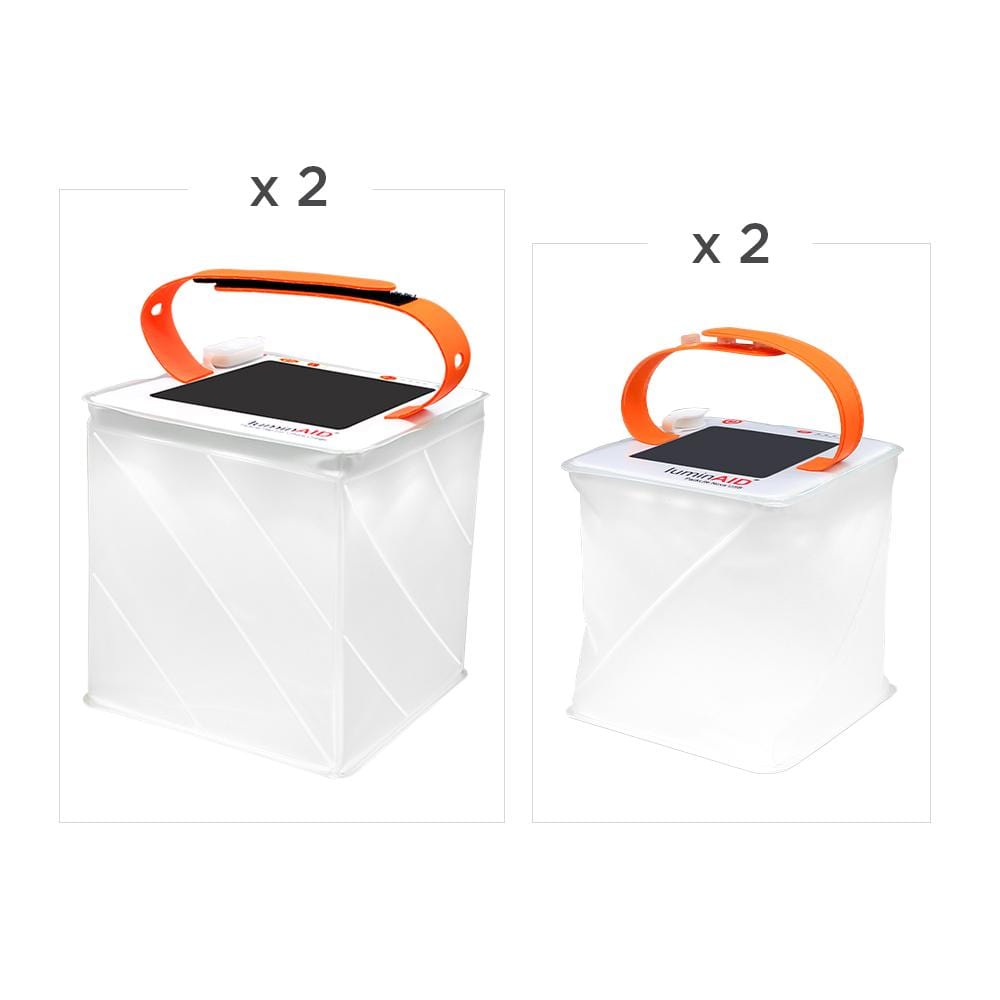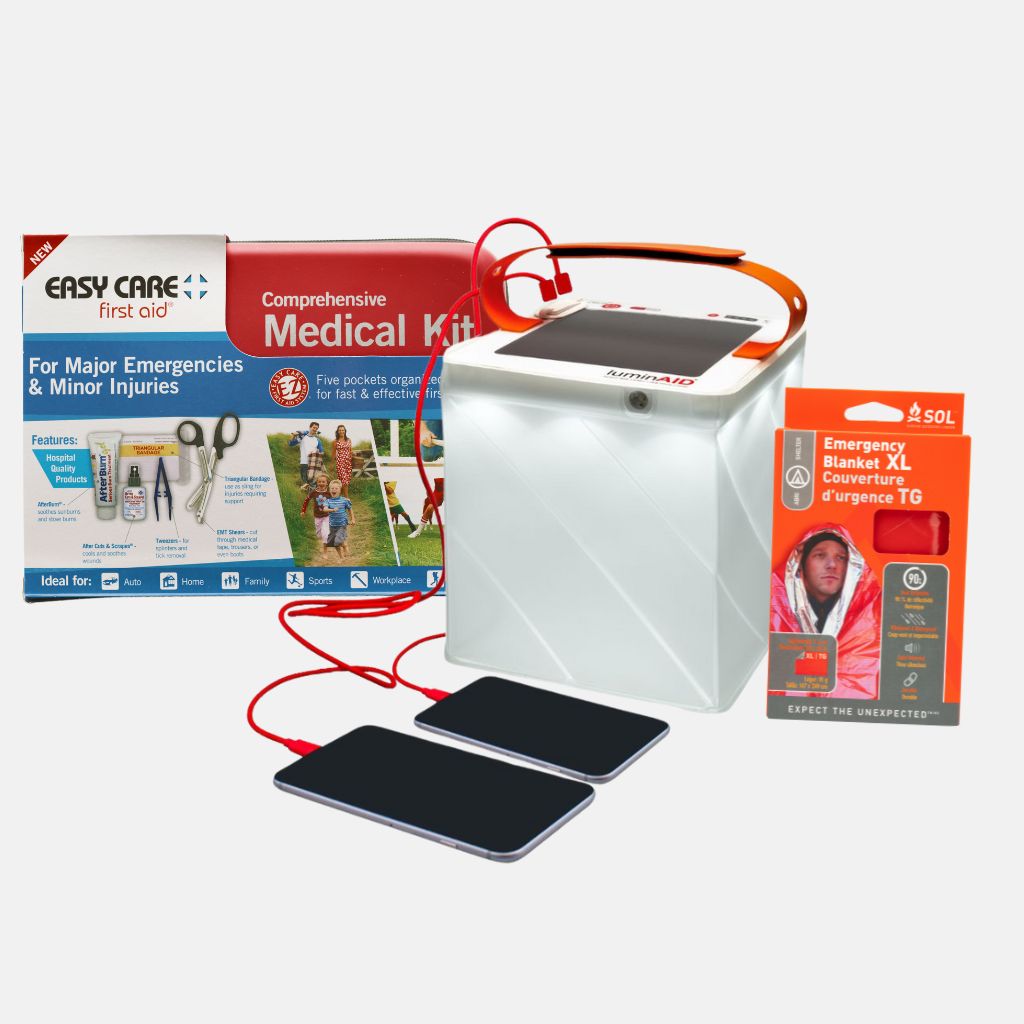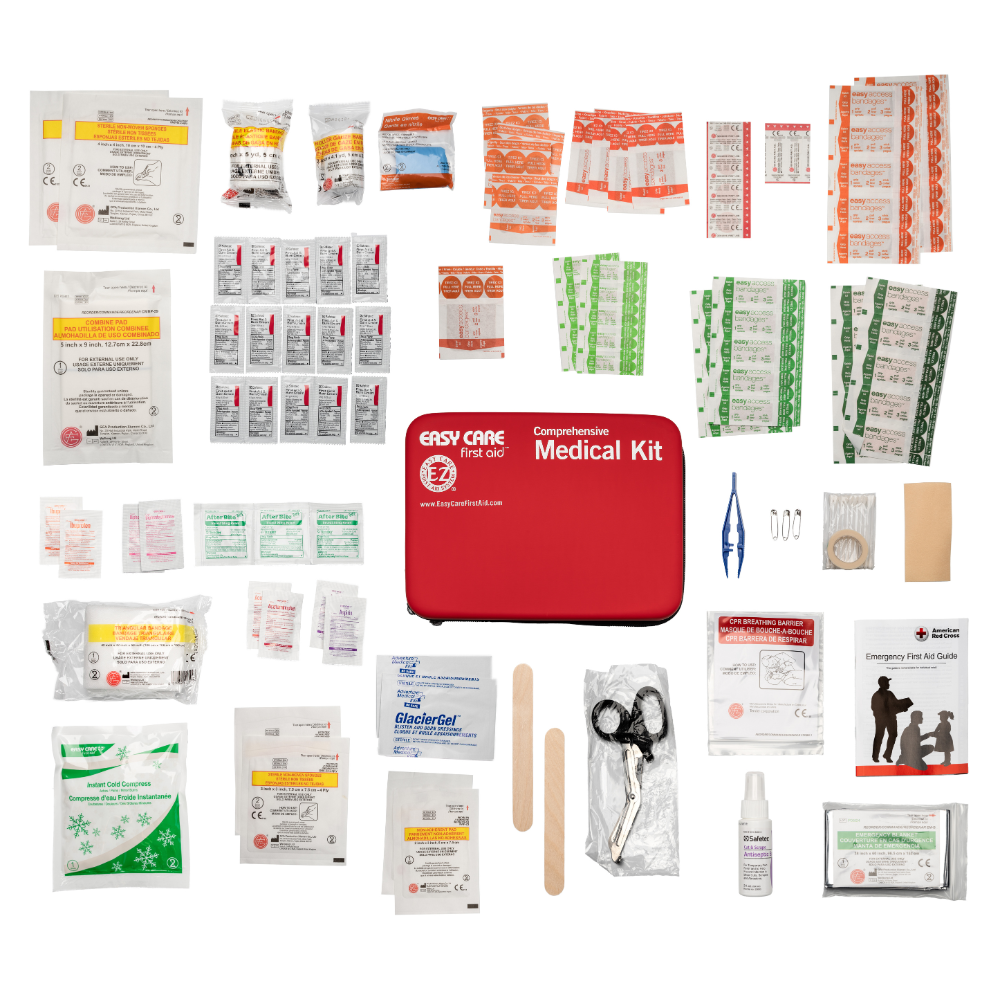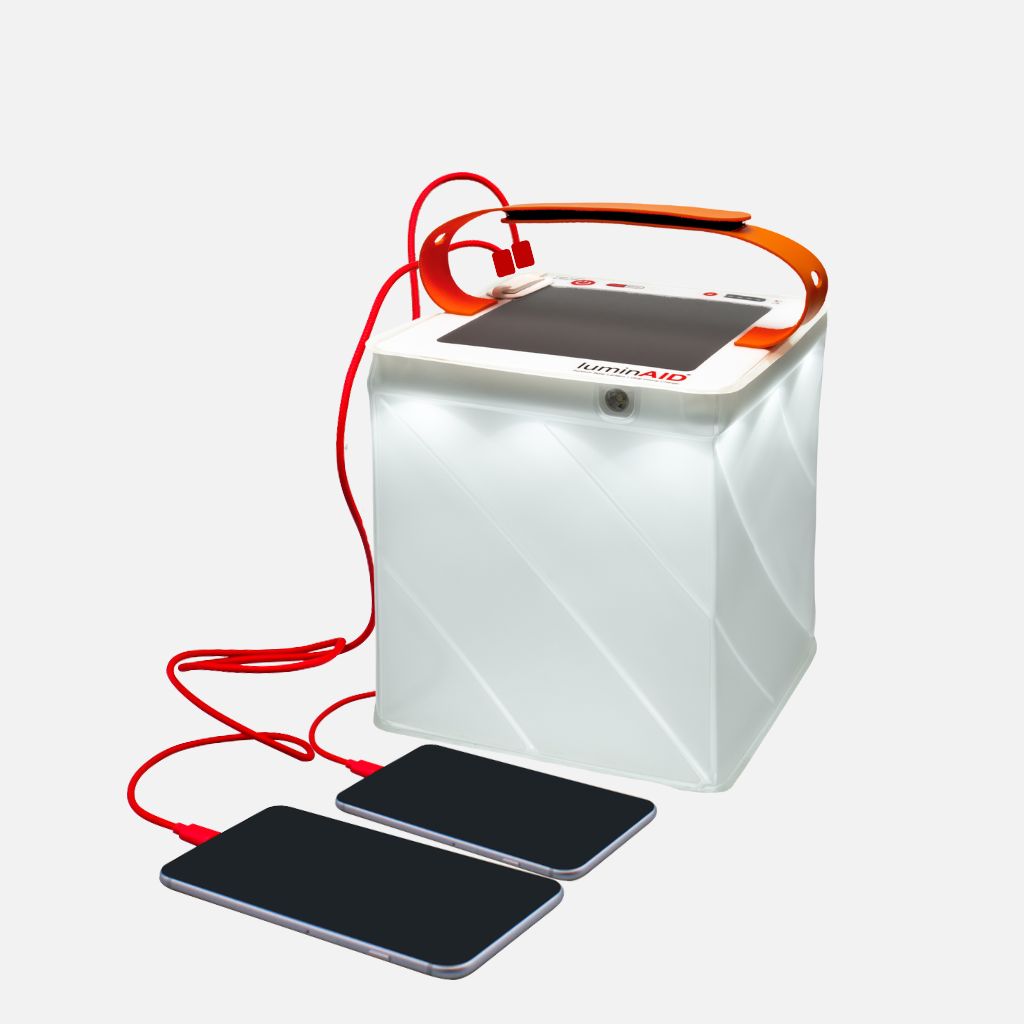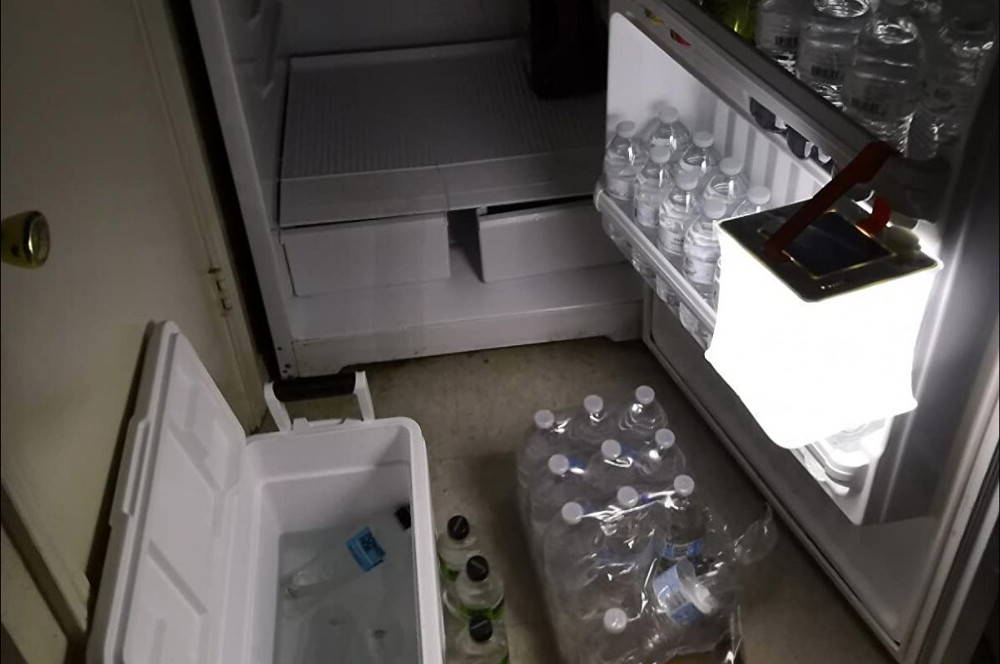In times of emergency, communication becomes even more vital as it can be the key to survival. From natural disasters to power outages, situations can arise without warning and quickly escalate. In such situations, having a reliable source of information is essential, and the right emergency radio can be a lifesaver.
What are emergency radios?
Emergency radios are different from your typical home and car radio in that they can receive different band frequencies than just AM/FM radios. More specifically, they can receive weather bands from the National Oceanic and Atmosphere Administration (NOAA), known as NWR signals. This makes weather radios an essential tool for hurricane preparedness kits and bug-out bags.
Weather radios should not be confused with weather alert radios, though. Alert radios are special because they don’t need to be powered on to receive area-specific emergency information and emergency broadcasts. On the other hand, regular weather radios need to be powered on, making them less versatile in emergency situations.
Having a wind-up radio, however, is the ultimate emergency radio. Also known as crank radios, their special feature lets you power your radio for brief periods using the crank's mechanical energy, so power is never an issue.

Do you need an emergency radio?
In the internet, Bluetooth, and social media age, it’s easy to become dependent and forget that radios exist. But in a weather emergency, there’s no guarantee that you’ll have internet access or cell service when you need it the most. Reliability in times of need is why every prepper’s list should include an emergency radio.
Extreme weather can weaken cell signals, cause power outages, and result in internet loss. Satellite internet users are especially at risk from adverse weather conditions.
While your phone and internet may not work in blackouts, emergency radios will. This is because low-frequency radio waves can travel farther than cell signals can, using this to maximize its range. So even if you’re in a blackout, you can still receive important emergency updates from outside the affected area.
Should you buy an emergency radio?
If you live in an area prone to extreme weather and natural disasters like hurricanes, wildfires, and winter storms, then consider adding an emergency crank radio in your home evacuation kit.
Even if you don’t live in high-risk areas, you should consider adding an emergency radio to your preparedness kit. When power grids go down and communication is limited, getting up-to-date information can be the difference between life and death.
Seventy-seven Primary Entry Point (PEP) stations for FEMA’s National Public Warning System (NPWS) reach 90% of the U.S. population. You can be the first to hear any emergency announcements with the right radio.
What kind of radio do preppers use?
Serious preppers likely use more sophisticated (and more expensive) devices like HAM radios, also known as amateur radios. These are popular among many hobbyists for their ability to connect people worldwide without internet or cell signal; for this exact reason, they are essential devices for serious survivalists.
However, these can be expensive and require a license to use. Furthermore, they require a source of power to use, which makes them less versatile. A HAM radio is unnecessary for everyday families, and a regular wind-up radio is enough in an emergency.
How to choose a wind-up radio
There are a few criteria your next wind-up radio should meet before making a purchase. Otherwise, you could lose out on essential safety features and functionality.
First, make sure there is an “NOAA NWR All Hazards” sticker on the radio: these stickers indicate that your radio has been tested appropriately and is verified to have received alerts from the NOAA and other weather bands.
Like “NOAA NWR,” look for a “Public Alert” sticker before buying. This sticker means your radio is verified as a proper alert system and can work with other alert systems for impaired individuals.
The Specific Alert Message Encoding (SAME) feature will let you focus only on area-specific emergency information instead of receiving state or national alerts. This effectively screens out warnings outside of your region, allowing you to focus on relevant safety transmissions.
The more options for powering your radio, the better. The hand crank should not be the primary way to charge your receiver since this method can take up to 16 hours. Instead, look for radios with more than one power source, such as an AC adapter, batteries, or solar. By increasing the adaptability of your radio, you never have to worry about missing a broadcast.
Most quality radios will provide 10 to 15 minutes of listening time for every minute you crank, with cheaper models offering a modest 5 minutes of radio power. Quality radios will also provide longer standby battery life, so you don’t find yourself with dead batteries amid an emergency.
By sticking with trusted brands like Kaito and or Eton, you can be sure to find the right emergency radio for you.
Light source
You will come across many with a fixed flashlight when searching for your first crank radio. This may seem like a great feature, but this flashlight can lead to excessive battery use and long recharging times. The focused light beam also makes illuminating whole rooms difficult.
In an emergency weather situation, staying up to date with important rescue information should be a priority. And in a power outage, every bit of saved battery counts.

Luminaid
Additional features may sound like a great idea when looking for an emergency radio, but remember that your radio should prioritize listening to emergency alerts.
However, a reliable light source is crucial for safety and should be its own tool dedicated to your emergency preparedness kit. LuminAID’s lanterns were made with survival prep in mind, offering a lightweight and easy-to-carry light that can endure just about anything.
The broad light means it can illuminate an entire room, and nobody has to hold the light steady. The solar panel on top allows you to never worry about running out of power, and our power lanterns come equipped with a battery pack, meaning you can keep your radio charged and running worry-free.
Do wind up radios need batteries?
Not all wind-up radios require batteries; however, many come with the option to use external batteries, giving you a few hours of use before you need to crank the radio for power.
Newer models can recharge them via USB or by plugging them into a standard wall outlet with an adapter. This versatility allows you to be sure you always have a way to recharge and stay connected.
Recommended emergency radios
If you’ve explored the emergency radio market before, you know there are unlimited options and variations to choose from. Here, we’ll give you a couple of different options, each with its own unique feature.
For the everyday homeowner and survivalist, you can’t go wrong with the Kaito KA700. This 4.4 out of 5-star radio features 4 different ways to recharge (Micro-USB port, dynamic hand cranking, solar, and rechargeable battery), making it the perfect choice for any emergency.
The Kaito KA700 can receive AM, FM, 2-band shortwave, and NOAA weather channels. Since it has Bluetooth and an MP3 player built-in, you can use it for entertainment and real-time weather information. It’s a great choice for those looking for more versatility in their emergency radio. However, this does come at a premium price.
If you’re looking for something simple that you know will get the job done, consider adding the Kaito SB-1059 crank radio to your arsenal. It’s compact, lightweight, and ultra-durable, making it the perfect size for any bug-out bag. While it lacks special features like the Kaito KA700, the Kaito SB-1059’s super-affordable price and reliability make it an ideal choice.
Summary
Radios are seemingly becoming artifacts of our past as the age of technology has made us dependent on our cell phones and the internet. However, the right radio can make a difference between life and death in emergency weather events, natural disasters, and more. Don’t let blackouts and poor cell signal prevent you from staying updated on vital safety information – protect yourself with a wind-up radio.

